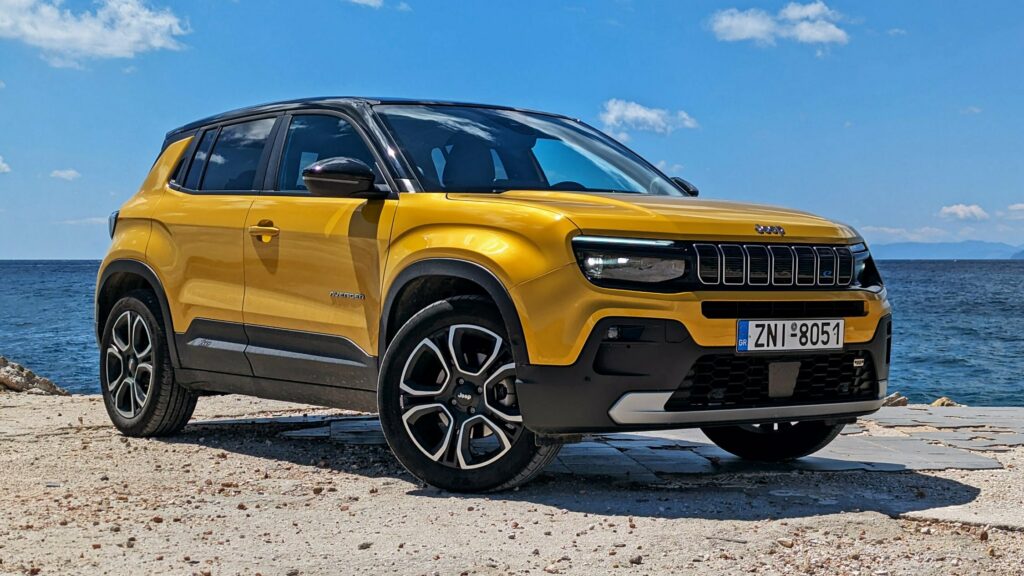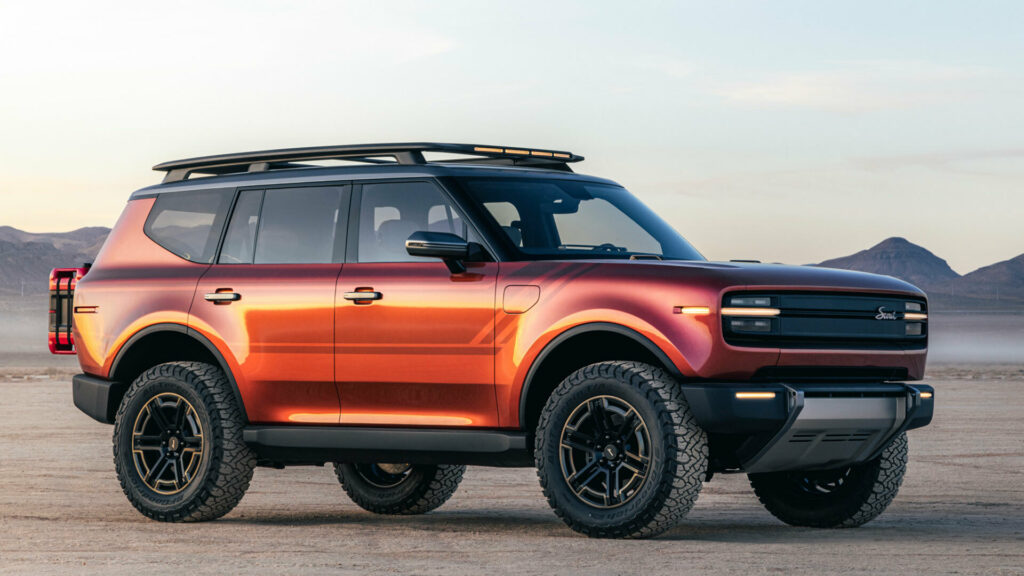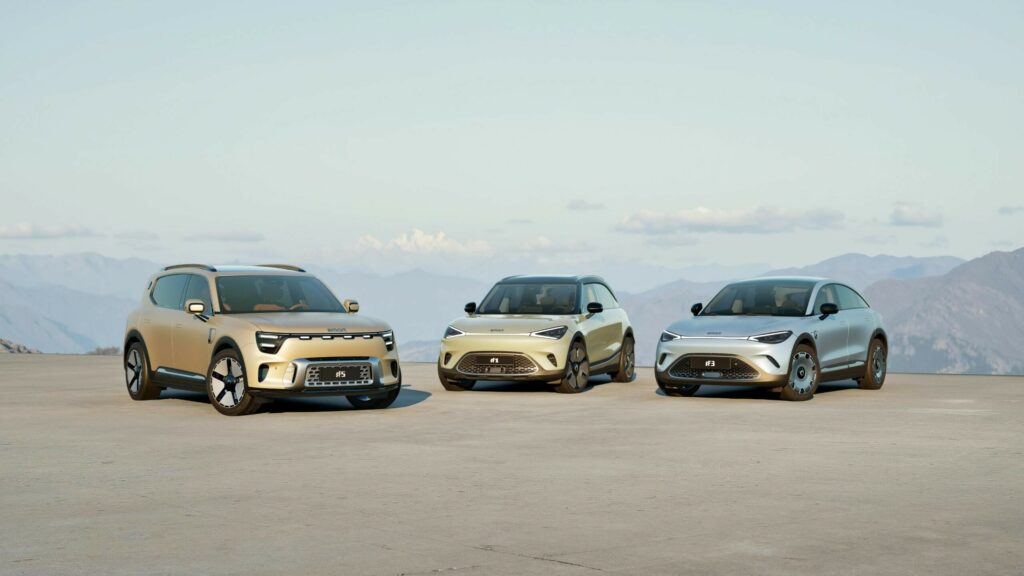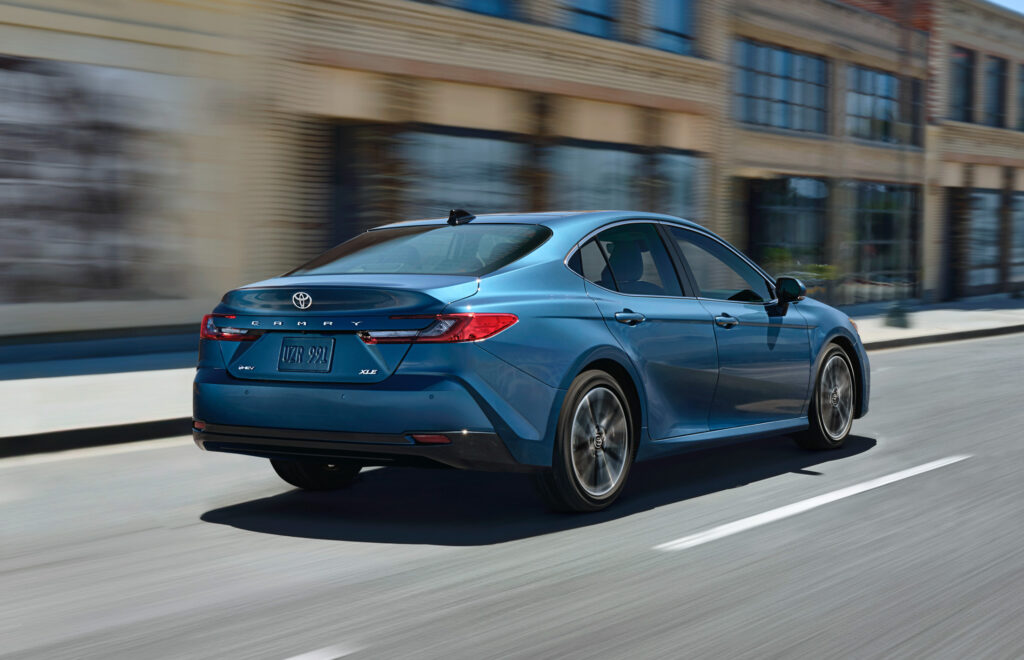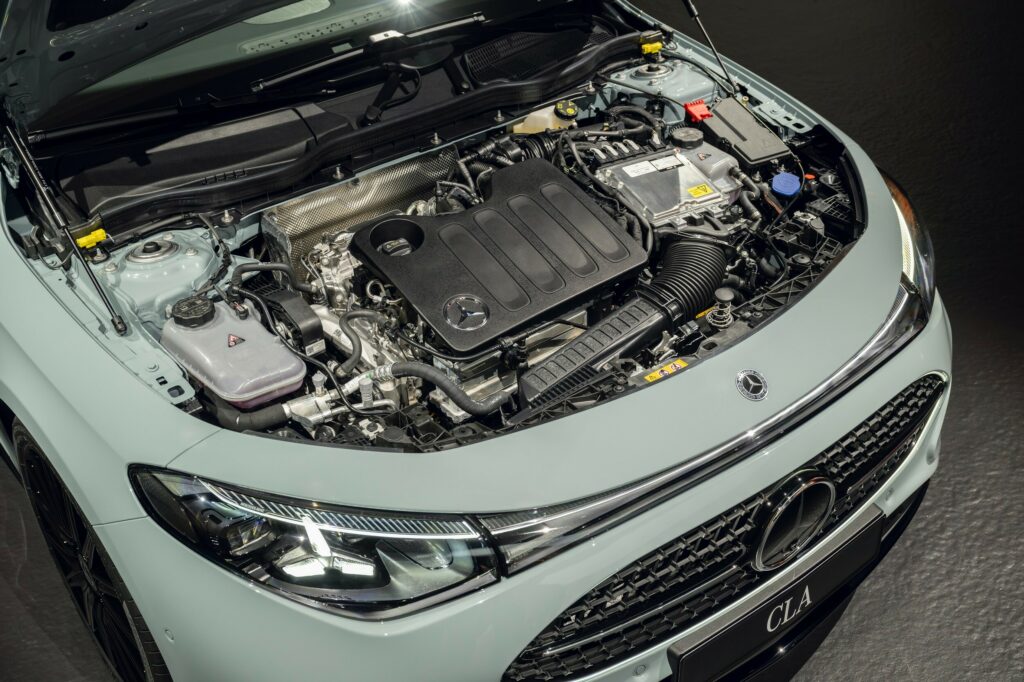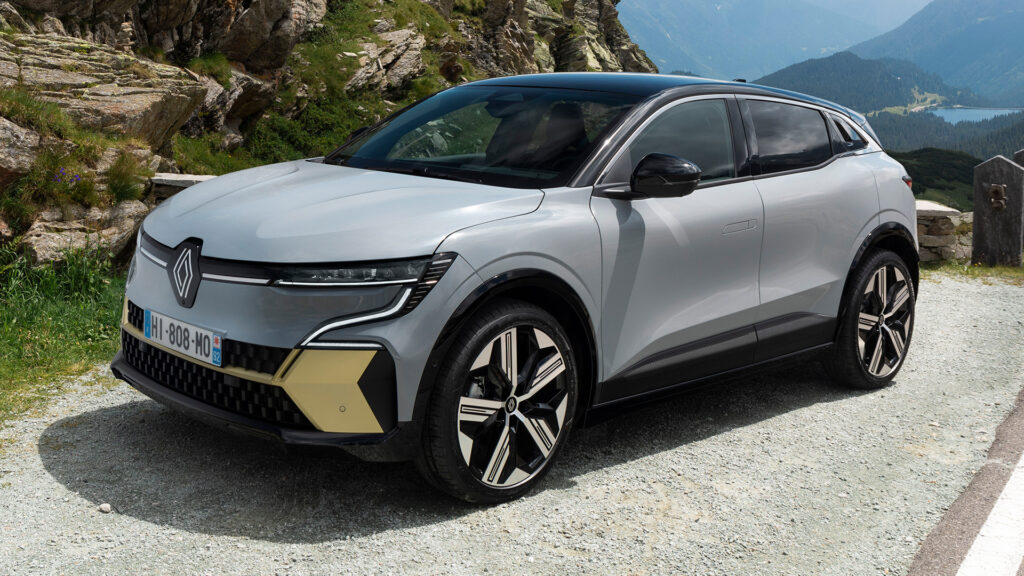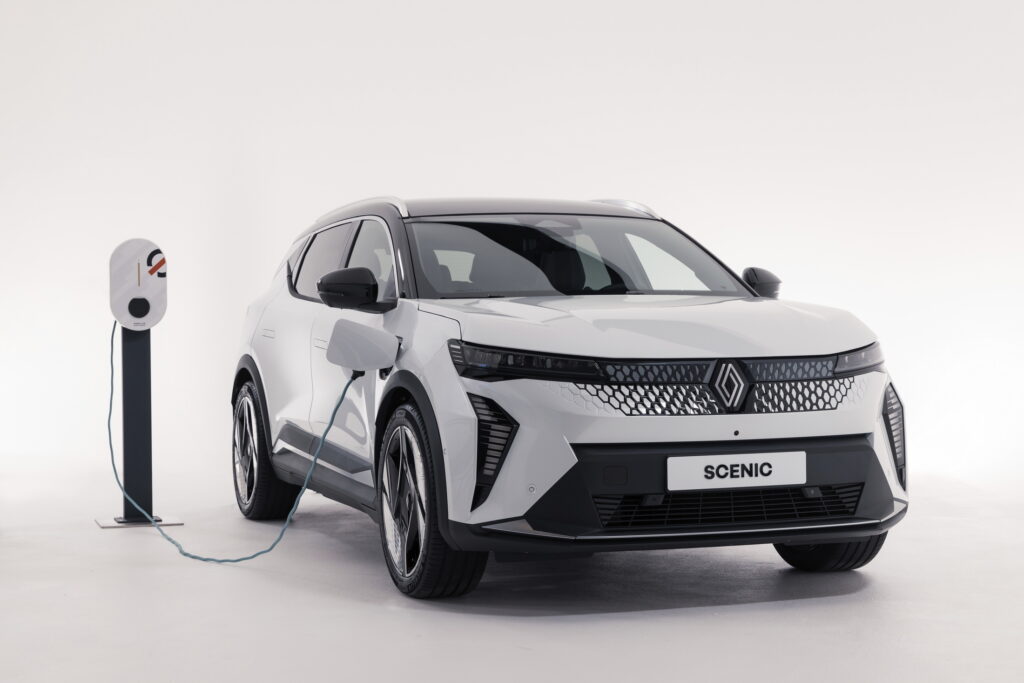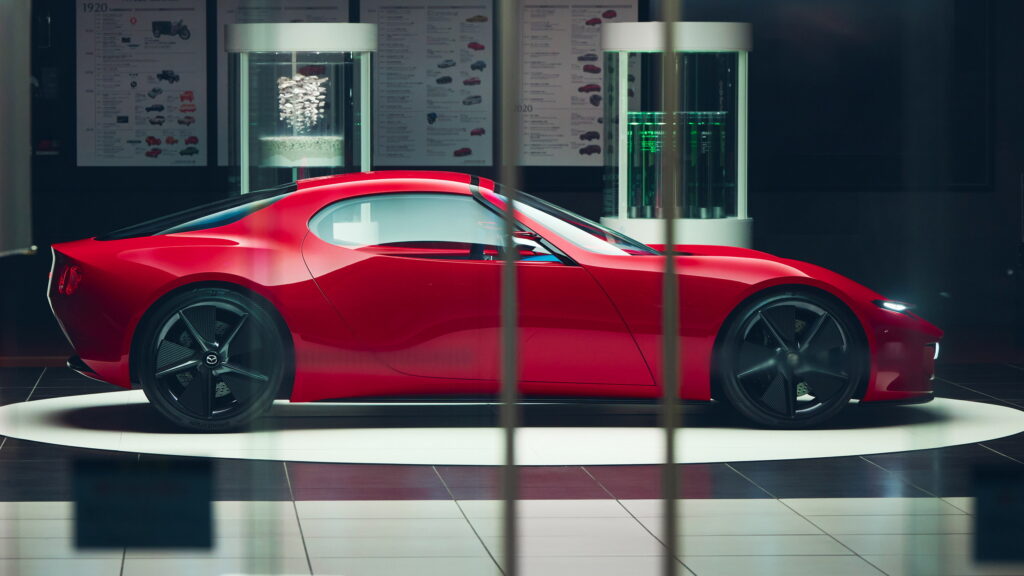Plug-In Hybrid And EV Drivers Will Be Taxed For Every Mile They Drive In The UK

- EVs to be taxed 3p per mile in the UK starting April 2028.
- PHEV owners to pay 1.5p per mile to offset lost fuel taxes.
- Grants extended to 2030, with the £50k luxury threshold raised.
The UK government has just detonated a policy bomb under Britain’s electric-car market. Hidden inside the Chancellor’s Budget announcement is confirmation that both EVs and hybrids will face a new per-mile road charge, marking the first time electric motoring will stop being a tax-free ride.
After years of looking for a replacement for fuel duty as petrol and diesel sales decline, the Treasury has finally shown its hand.
Related: Your Green Plug-in Hybrid Is An Eco Sham, Study Finds
Britain is officially preparing to tax EVs for every mile they travel, shifting them into the same revenue-raising category as combustion cars even as it still claims to support the transition to cleaner transport.
How Will It Work?
Drivers of fully-electric cars will pay 3 p ($0.40) per mile and plug-in drivers are to be stung with a 1.5 p ($0.20) charge.
A driver covering up to 8,500 miles (13,700 km) will end up with a bill of around £255 ($336), the BBC reports, which is still roughly half of what a combustion-car driver would pay in fuel duty to drive the same distance.
The Office for Budget Responsibility (OBR) estimates the plan would bring in £1.1 billion ($1.45 billion) in its first year, a figure which could virtually double two years later, depending on how EV sales go. The trouble is, their take-up is expected to be hit by the introduction of this very scheme.
When and How?

The Budget didn’t include all the fine print. Important details such as how the number of miles driven will be accurately logged, comes later. But mileage-based charging is definitely coming, scheduled to kick in from April 2028.
Some US states, including Oregon, already have mileage-based charging schemes, as does New Zealand.
To soften the blow and keep drivers interested in EVs, the UK government is simultaneously raising the price threshold for the “expensive car supplement” on its VED from £40,000 to £50,000 ($53-66k) starting April 2026. That means a Tesla Model Y or Kia EV6 owner won’t be hit by punitive road-tax surcharges quite as quickly as before.
In other words: here’s a little carrot before we get to the pay-per-mile stick. Ministers will also extend the EV grant scheme – which offers subsidies of up to £3,750 ($4,950) – all the way to 2029-30, costing it around £300 million ($395 million) per year.















